Reimagining Safety Through Proactive Decision-Making
Protex is leading the way toward a future where safety is proactive, decisions are informed, risks are visible, and outcomes are improved.



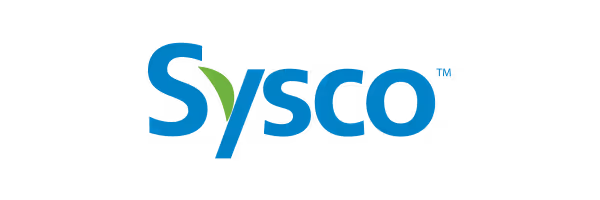
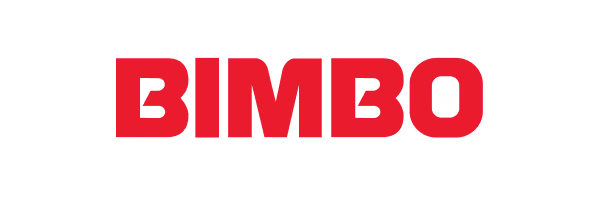




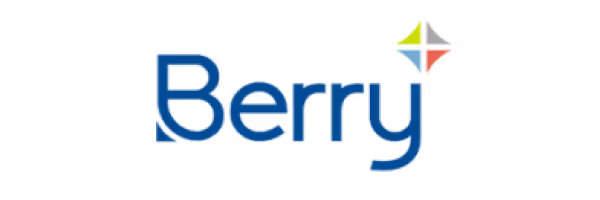
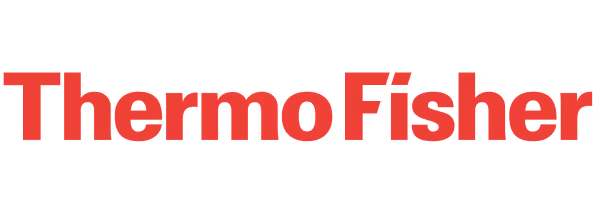
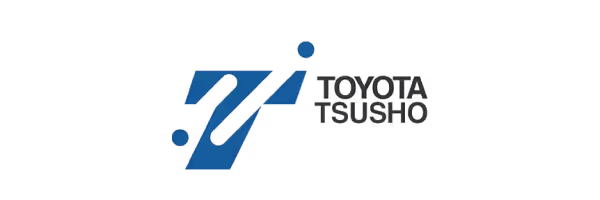
Solution Highlights
Meet the market leader in proactive safety. Our unique approach delivers unparalleled flexibility, robust integrations, deep insights, and secure, privacy-focused solutions that set us apart.
Configurability
Our flexible rule-building feature captures critical events unique to your facilities. Customizable dashboards help visualize data, spot trends, and act before risks escalate.
Integrations
Our open API seamlessly integrates with your existing EHS stack, enhancing your business intelligence platforms and EHS systems without adding complexity—just streamlined efficiency.
Insights
Protex Intelligence, our Gen-AI tool, combined with intuitive dashboards, delivers instant safety insights, enabling you to identify risks, refine protocols, and make confident decisions.
Privacy & Security
We prioritize secure, on-premises video feed processing to protect your data and preserve workforce privacy, all while delivering essential safety insights.
Configurability
Our flexible rule-building feature captures critical events unique to your facilities. Customizable dashboards help visualize data, spot trends, and act before risks escalate.

Integrations
Our open API seamlessly integrates with your existing EHS stack, enhancing your business intelligence platforms and EHS systems without adding complexity—just streamlined efficiency.

Insights
Copilot, our Gen-AI tool, combined with intuitive dashboards, delivers instant safety insights, enabling you to identify risks, refine protocols, and make confident decisions.

Privacy & Security
We prioritize secure, on-premises video feed processing to protect your data and preserve workforce privacy, all while delivering essential safety insights.

Case Studies
Companies worldwide trust Protex AI to enhance workplace safety and empower their workforce. Learn how our AI-driven solutions proactively protect employees and improve operational efficiency.
Reduction in safety events
Major UK Packaging Manufacturer Unlocks £750K in Funding and Cuts Safety Events by 62% with Protex AI
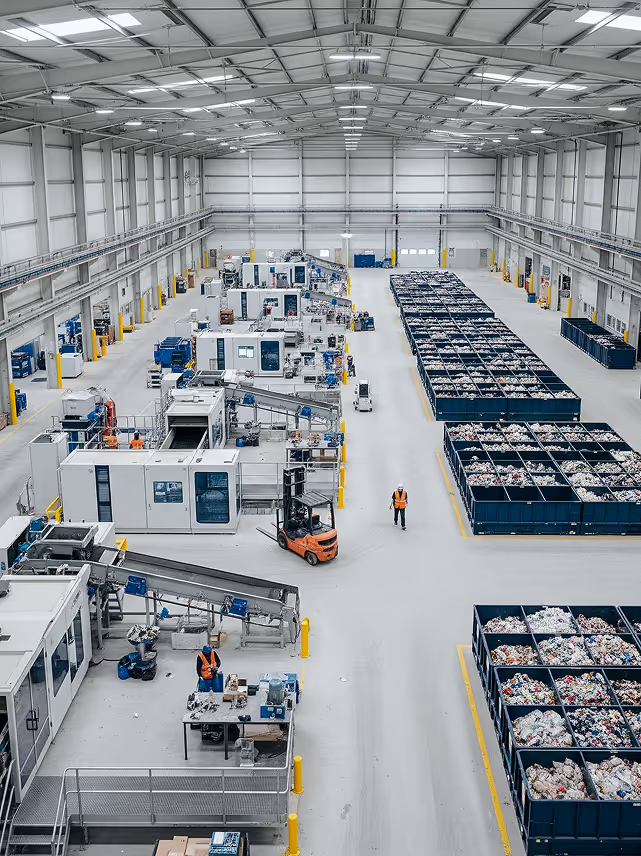
Reduction In Overall Incidents
Marks and Spencer Reduced Overall Incidents by 80% in their First 10 Weeks of Deployment

Reduction In Area Control Risks
Protex AI Helped A Leading Global Food Distributor Reduce Area Control Risks By 76%.

Increase Into Near Miss Visibility
Protex AI Helped A Leading European Logistics And Shipping Firm Increase Risk Visbility By 415%.

Reduction In All Safety Events
Protex AI Helped Reduce All Safety Incidents By 62% In A Global Manufacturing Organisation.

Our Risk Solutions
Explore the range of risk types our solution can provide enhanced visibility into.
Watch Our 2-Minute Demo Video
Looking to learn more about revolutionizing how you and your team make proactive safety decisions that help contribute to a safer work environment?
Infrastructure Designed For Enterprise Success
Explore how to optimize enterprise safety operations with seamless integrations, secure data processing, and actionable insights.
Learn More With Protex
Check out our latest webinars, whitepapers, and blogs from thought leaders to help you solve your proactive safety challenges.
The future of workplace safety, key Insights from the "Must Have Safety AI Tools for 2025 Webinar"
From chaos to clarity: Mastering unstructured data in health and safety management
AI Safety in 2024: Planning For Journey To Success
Ask The Expert
Here are some common questions our product experts have been asked by EHS professionals around the topic of Al safety. If you have any question in particular that you need answered please don't hesitate to contact us.
Yes, Protex AI has integrations available for different EHS software, including Alcumus, EcoOnline, and SafetyCulture.
The Protex AI safety solution works with almost all modern camera systems. The visual processing box can be configured with any existing CCTV network.
The Protex AI solution is highly scalable, so there's no minimum amount of cameras that it requires to work.
AI powered safety works by collecting data from various sources such as employees, machines, and physical assets. This data is then analyzed to detect any anomalies or changes in performance that could indicate a possible risk or hazard. Advanced technological systems like computer vision can be trained to detect objects in the environment, such as high vis or other PPE, and can be used for detecting safety events, which can aid in safety decision-making.
AI-powered automation can be used for EHS professionals to created operational efficiencies by automating repetitive administrative tasks. This enables safety teams to free up time to initiate safety programs that help to mitigate potential employee injuries.AI-powered workplace safety solutions use computer vision to detect hazards and can send alerts in case of elevated risks.
AI-powered safety is a type of AI such as computer vision to identify potential safety issues in the workplace and take action accordingly. While AI powered safety creates operational efficiencies, it's unlikely to replace the EHS manager, as the EHS managers is still responsible for iterating data creating creating safety programs that lead to safer work environments.
AI workplace safety is important because if not properly managed, artificial intelligence systems can cause unintentional harm or unintended outcomes—even when they are doing exactly what they are programmed to do.
By proactively assessing possible risks associated with the use of an AI system (both obvious and not-so-obvious), EHS teams can help identify any potential issues before they become problems down the line.
AI technology can be used in a variety of ways to enhance safety in the workplace. AI systems could analyze data from previous incidents or injuries and use that information to identify patterns or commonalities among them so that similar incidents can be prevented in the future. By using cameras with facial recognition software or sensors that monitor air quality, sound levels, temperature changes, etc., organizations can keep track of conditions in their workplaces at all times.
Artificial Intelligence (AI) is quickly becoming a go-to tool for safety management. With the help of AI, these teams can use computer vision, machine learning algorithms, and other data analysis techniques to identify and analyze potential hazards in real time. AI can also be used to predict future workplace risks based on past incidents and current data points. Once potential hazards have been identified using AI technology, safety managers can use that same technology to develop strategies for mitigating those risks.
One of the most significant benefits of using AI in workplace safety is its ability to reduce human error and help make decisions that are based on data rather than assumptions or guesswork. Another advantage of using AI for safety purposes is improved efficiency. With an automated system in place, EHS teams can focus their time and energy on other tasks such as developing more effective policies or aiding in decision-making.
The three main types of AI systems include narrow artificial intelligence, general artificial intelligence, and super-intelligent artificial intelligence.This type of AI system is designed to perform specific tasks within a limited scope, such as facial recognition or natural language processing.
Then, there's general artificial intelligence, which can mimic human behavior and can interact with the environment, often processing large amounts of data to analyze and make decisions.
Super-intelligent artificial intelligence systems have the potential to solve problems faster than humans, though it's still in infancy.
There are several technologies involved in AI workplace safety. These include computer vision, which is capable of tracking objects in the environment and can be used for analyzing real-time objects and sending alerts. AI technologies can also use software algorithms to monitor and control how a machine interacts with its environment in real-time.
One of the greatest risks associated with AI technology is data security. As more and more sensitive data is collected from employees and customers, there is always a risk that this data could be stolen or mishandled by malicious actors.There are also safety risks associated with AI safety systems, as untrained models might not be reliable and may end up causing more issues.















